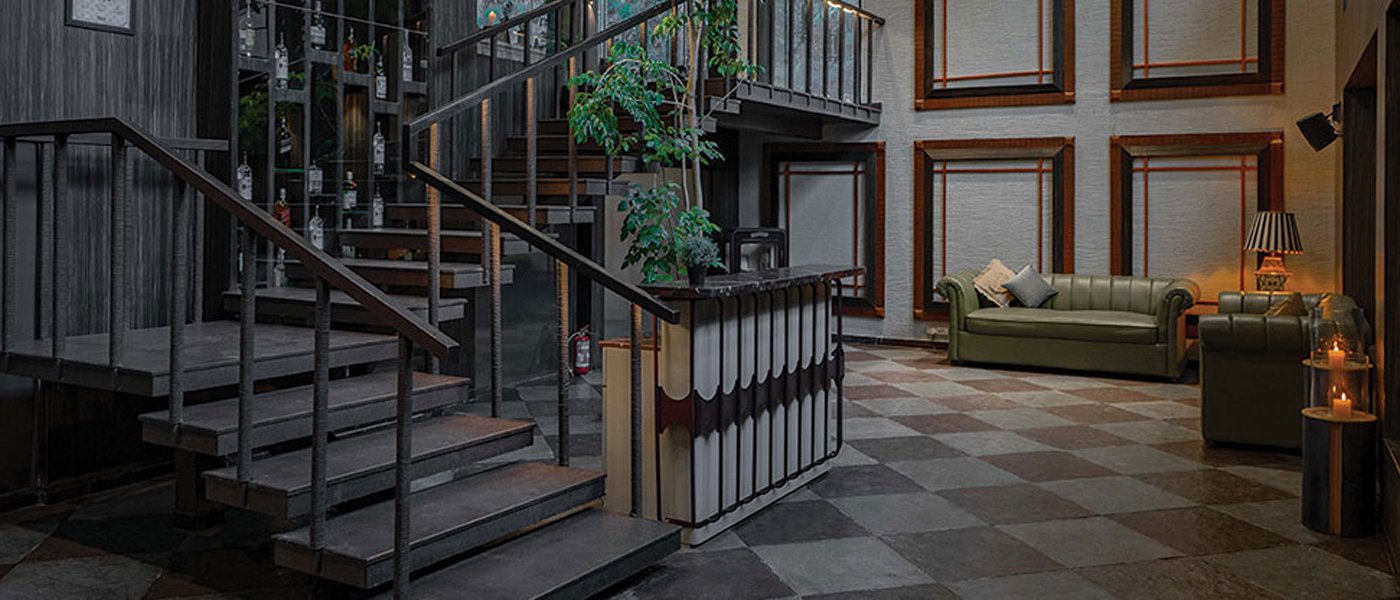
Waterproofing is often overlooked in construction and building maintenance until problems arise. However, its significance cannot be overstated, as it plays a crucial role in preserving structural integrity and preventing costly repairs. This article delves into the importance of waterproofing, its pivotal role in construction, and preventive measures to mitigate water-related issues.
Importance of Water Proofing
Waterproofing serves as the primary defense against water infiltration, protecting structures from damage and mold growth. It is especially critical in regions prone to heavy rainfall or flooding. Additionally, waterproofing extends the lifespan of a building by preventing deterioration of materials like concrete, wood, and metal.
Preventive Measures for Effective Water Proofing
Effective waterproofing involves meticulous surface preparation, with thorough cleaning and substrate assessment being imperative for ensuring proper adhesion of waterproofing materials. Inadequate surface preparation can compromise the integrity of the waterproofing system, leading to potential failures over time. Additionally, the installation of efficient drainage systems is essential for preventing water pooling and minimizing hydrostatic pressure. Neglecting critical junctions, such as joints and transitions between building elements, leaves vulnerable points for water infiltration, underscoring the importance of meticulous sealing and detailing. Regular inspections are indispensable for identifying early signs of wear or damage, allowing for timely intervention and maintenance. Basement waterproofing and protection of exterior walls are vital components of comprehensive waterproofing strategies, safeguarding against flooding and moisture ingress. Considering material compatibility, proper application techniques, consulting with professionals, and accounting for environmental factors further enhance the efficacy and longevity of waterproofing solutions. Lastly, ensuring adequate ventilation complements waterproofing efforts by preventing moisture buildup and mitigating the risk of mold and mildew growth.

Repairing waterproofing issues after construction
Repairing waterproofing issues post- construction is essential to address wear and tear, aging, or overlooked vulnerabilities. A thorough inspection of the entire structure is crucial to identify areas of water damage and pinpoint the root cause of the issue, whether it’s a damaged membrane, cracked foundation, or improper drainage. Surface preparation is key before applying repair materials, ensuring cleanliness and proper adhesion. Selecting appropriate repair materials, such as high-quality sealants and membranes, and improving drainage systems are vital steps. Seeking professional assistance for extensive or complex issues, implementing regular maintenance, and maintaining detailed documentation of repairs are recommended practices. Ultimately, prioritizing effective waterproofing repair contributes to the durability, safety, and longevity of civil structures, fortifying them against water-related challenges and ensuring their resilience and sustainability.

Areas in a civil structure where waterproofing is necessary.

Use of Geotextile fabric as a separation layer between the waterproof coating and screed is important as it protects the coating free image
















 by Brand Your Work
by Brand Your Work